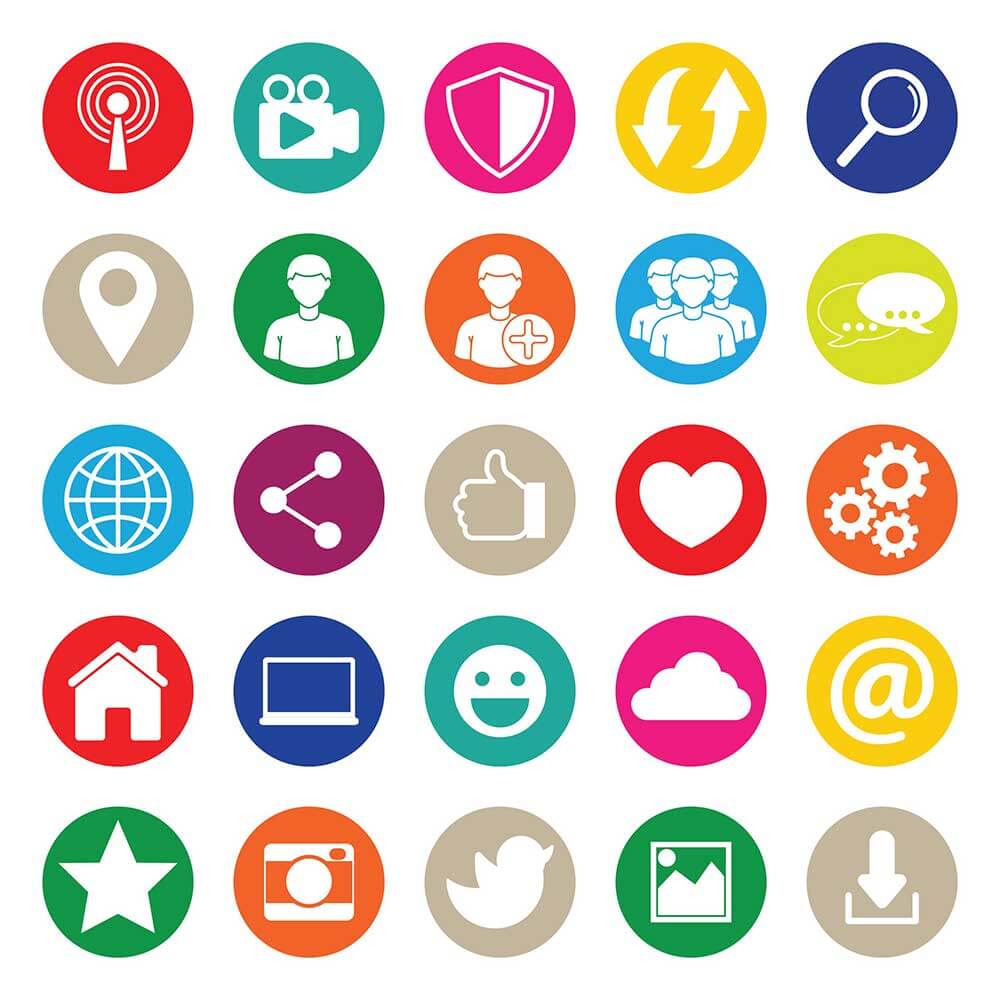Microblogging Alternatives: Can These Rising Stars Give Twitter a Run for its Money?
 Whether you love or hate Twitter, it’s good to stay apprised of your possible options, and now you have several to choose from.
Whether you love or hate Twitter, it’s good to stay apprised of your possible options, and now you have several to choose from.
That’s because ever since Elon Musk took over as CEO of Twitter and laid off thousands of employees, former Twitter staff and competitors from the Big Tech industry have been working to create alternatives to Twitter.
And while it could take years for any one of them to grow a user base approaching Twitter’s 556 million members, they do offer a promising opportunity for those who are dissatisfied with Twitter’s new policies.
Led by former Twitter employees and prominent figures in the Big Tech scene, these emerging microblogging networks provide new platforms for expression without the fear of censorship, compromised privacy, and excessive algorithmic control. It’s a chance to have your voice heard in a more liberated environment.
Here are the latest 2 microblogging networks pioneered by former Twitter staff and tech giants’ rivals, aiming to deliver an enhanced user experience:
Spill, a conversational platform founded by former Twitter employees, plans on using blockchain technology to provide compensation to content creators. You can reserve your username now and receive notifications when the network becomes operational. https://www.spill-app.com/
T2, another project developed by former Twitter employees, offers an authenticated network where users can create posts and engage with various communities. While T2 is currently in an invite-only beta phase, the content posted on the site is publicly visible to all users. https://t2.social/
Additional alternative platforms to Twitter are emerging, and they have garnered interest from former Twitter employees and other investors:
Bluesky, supported by former Twitter executive Jack Dorsey, has launched as an invite-only community built on the AT Protocol, catering to large-scale distributed social apps. The Bluesky app has already been downloaded over 245,000 times. https://bsky.app/
Post.news, founded by former Waze CEO Noam Bardin, connects readers with their favorite publishers without ads or subscription fees. They provide a free blue checkmark verification. https://go.post.news/
Substack has introduced Notes, a feature allowing Substack users to share short-form updates and engage with readers. These updates are displayed in a Twitter-like stream within the Substack app. Substack authors with hundreds to tens of thousands of paid subscribers receive verified checkmarks. https://on.substack.com/p/introducing-notes
Meta has confirmed the development of Barcelona/P92, a “decentralized” platform for text updates, often referred to as the Instagram for text. Meta has been experimenting with text-based features like Notes and Broadcast Channels on Instagram. https://www.moneycontrol.com/news/business/startup/meta-mulls-a-twitter-competitor-codenamed-p92-that-will-be-interoperable-with-mastodon-10223961.html
Mastodon, an open-source and decentralized platform based on ActivityPub, enables users to connect with others without ads or algorithmic interference. As of April 2023, there are over six million Mastodon users, but only a fraction of them are active users. https://joinmastodon.org/
Gettr, established in 2021 to uphold free speech without political discrimination, boasts over seven million users across 192 countries. https://gettr.com
When considering Twitter alternatives, you might want to evaluate their potential longevity. Many social networking sites have had limited lifespans, such as Google-owned Orkut (2004-2014) and Google+ (2011-2019), which amassed substantial user bases but couldn’t compete with Facebook, Instagram, and Twitter.
While it’s great to be on the leading edge of a new social network and get a head start amassing followers, it’s disappointing if you put in a lot of time and effort to build up your social leverage only to see the platform radically change or close down.
Then again, being an early adopter of a social network allows you to establish authority in a less competitive environment. Even if the platform doesn’t last, there may be value in early adoption. For example, moving as many of your followers as you can to your own email lists, blog and website, along with getting them to join you on other social media platforms, will mean you get to keep your new audience even if the network fails.
And before joining any new social media platform, find out if your target audience is already on it. If they’re not there, then you don’t need to be there, either.
Perhaps the wisest move right now is to wait and see which of the new Twitter competitors takes off before investing time and resources on something that might disappear before it ever takes off.
